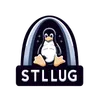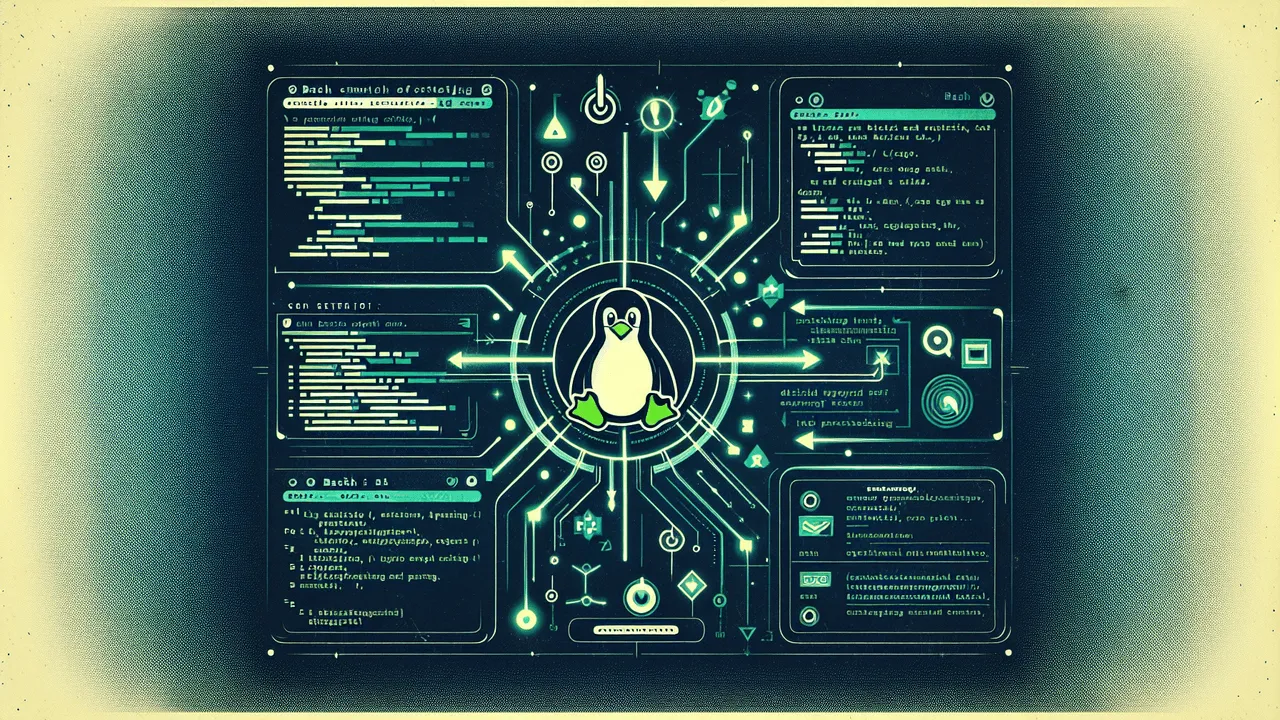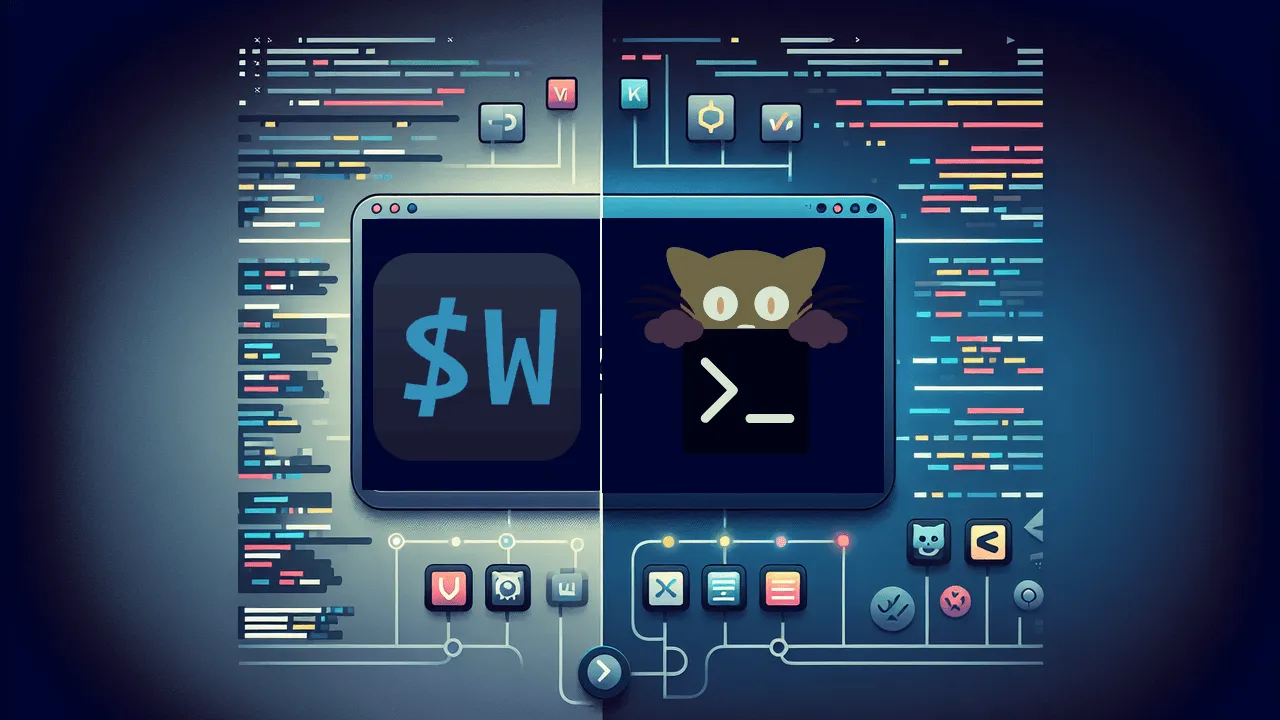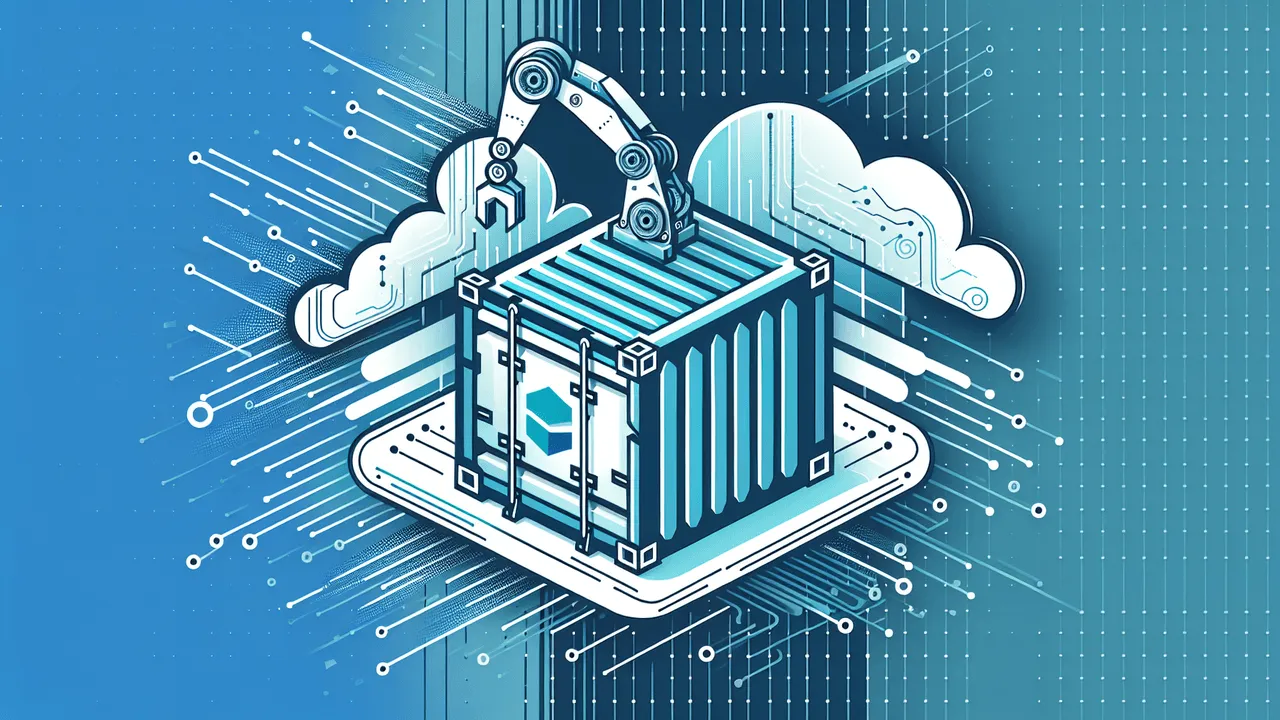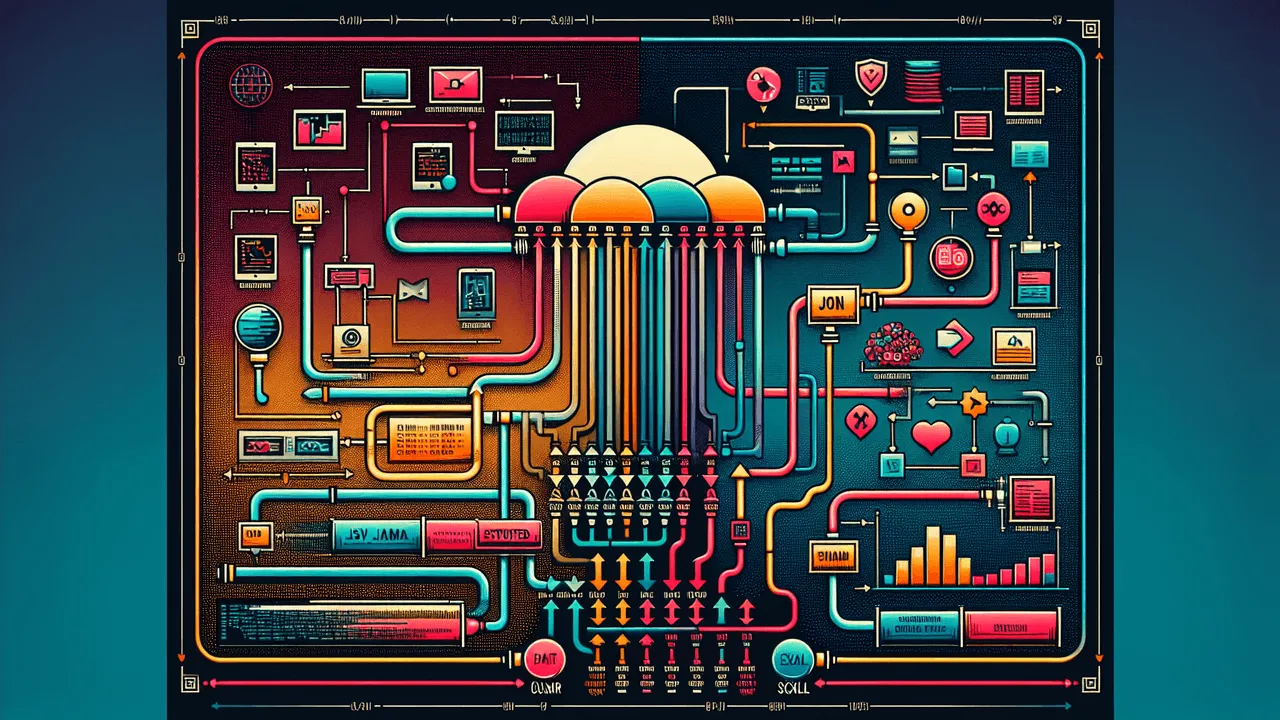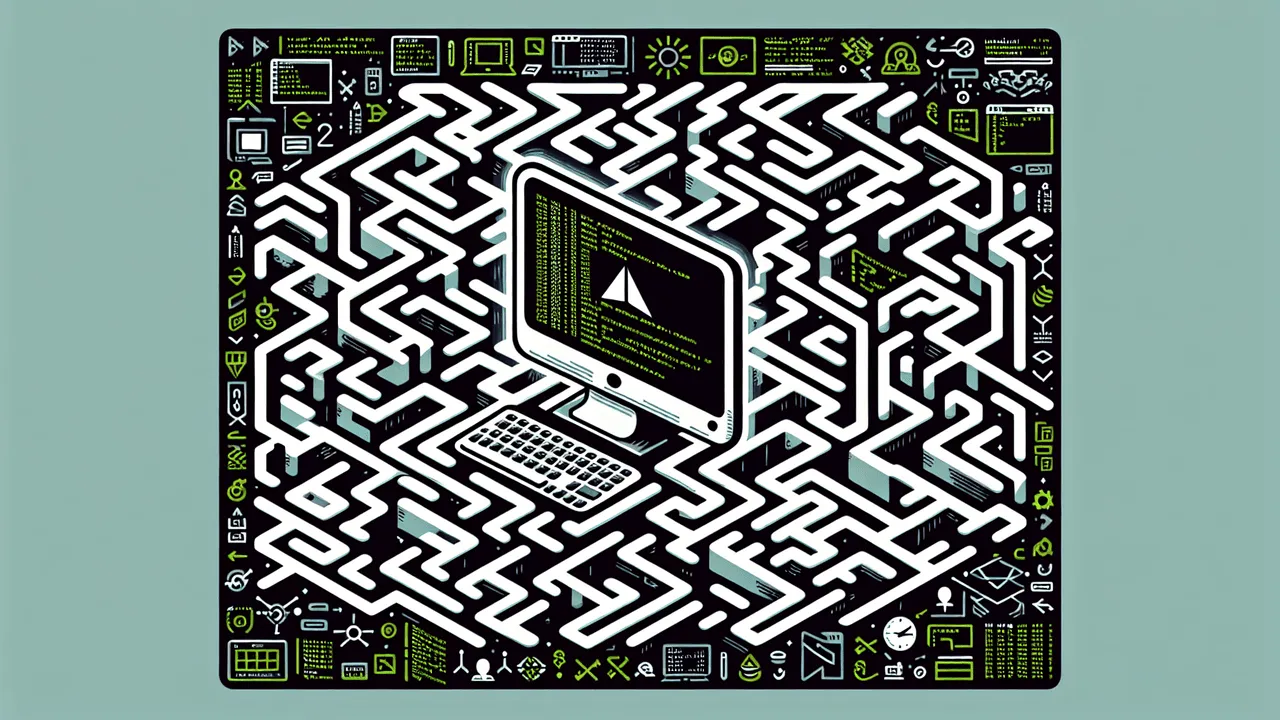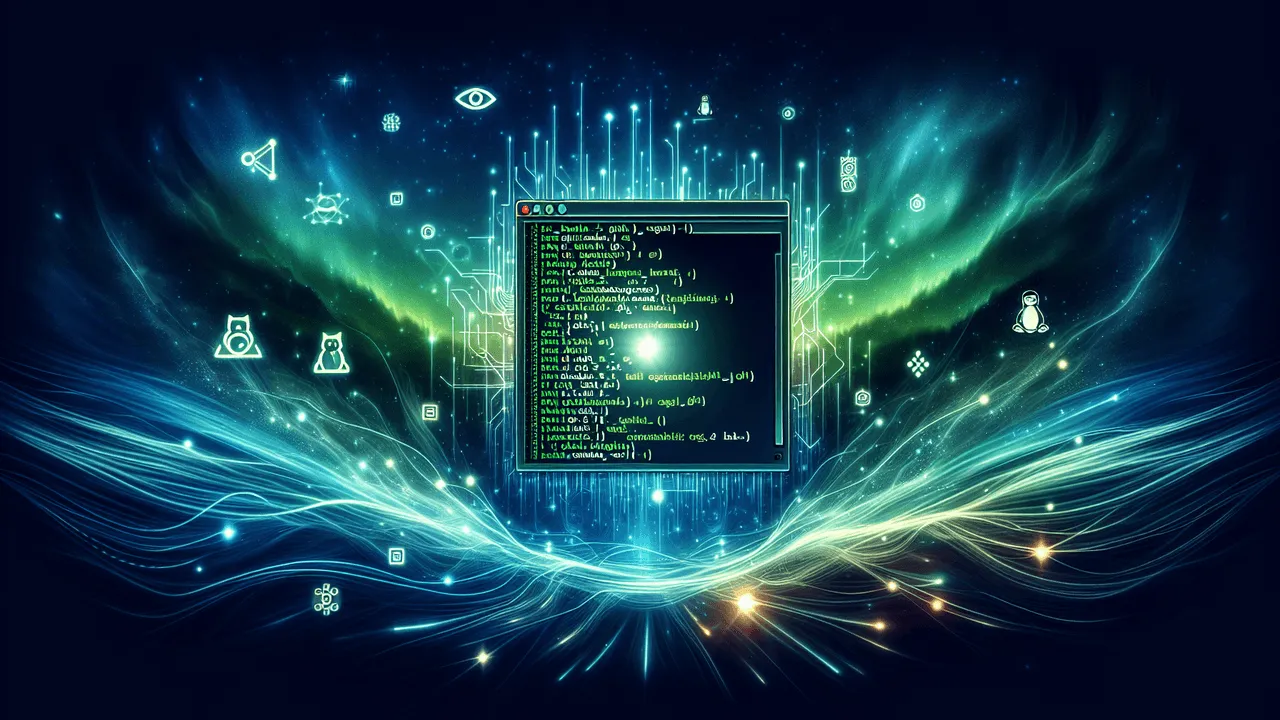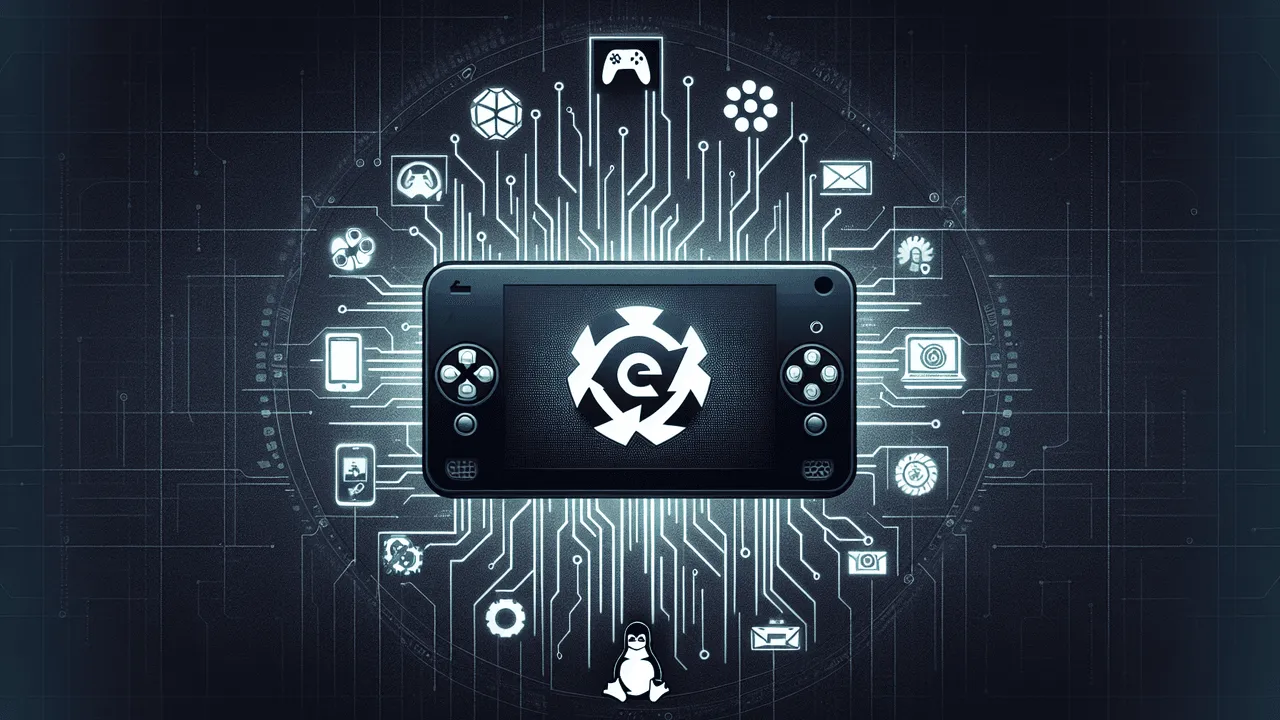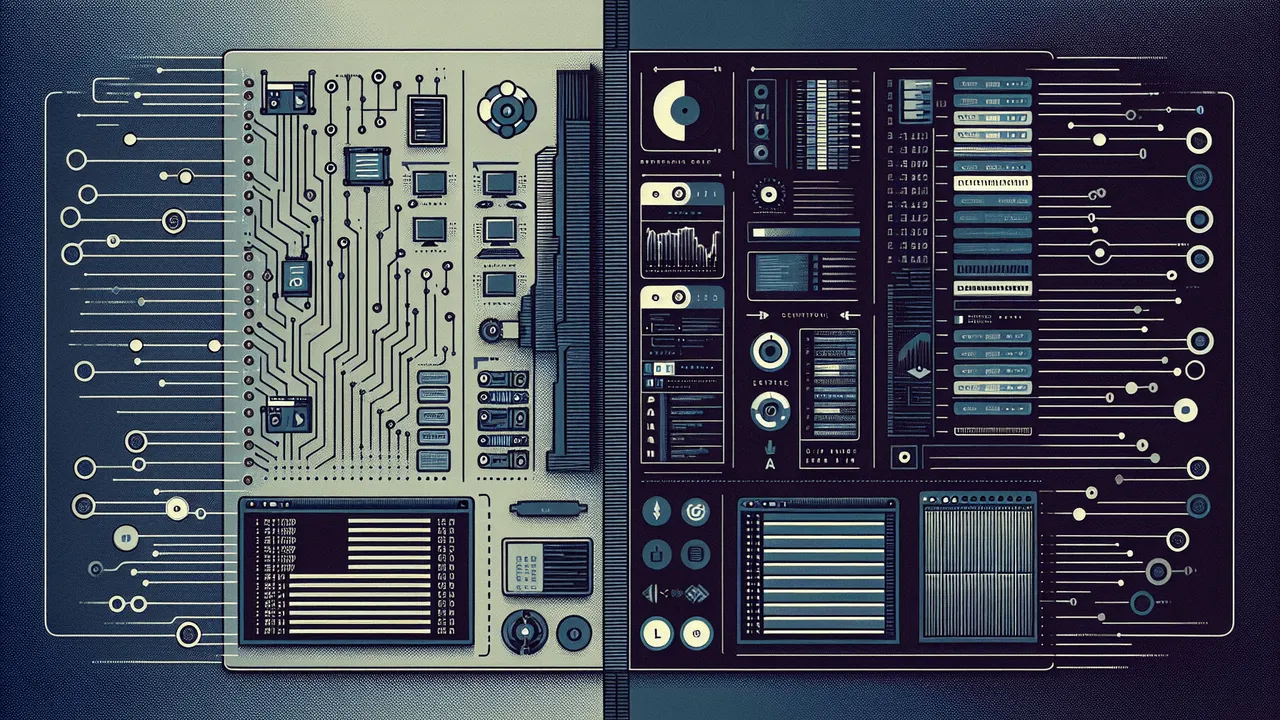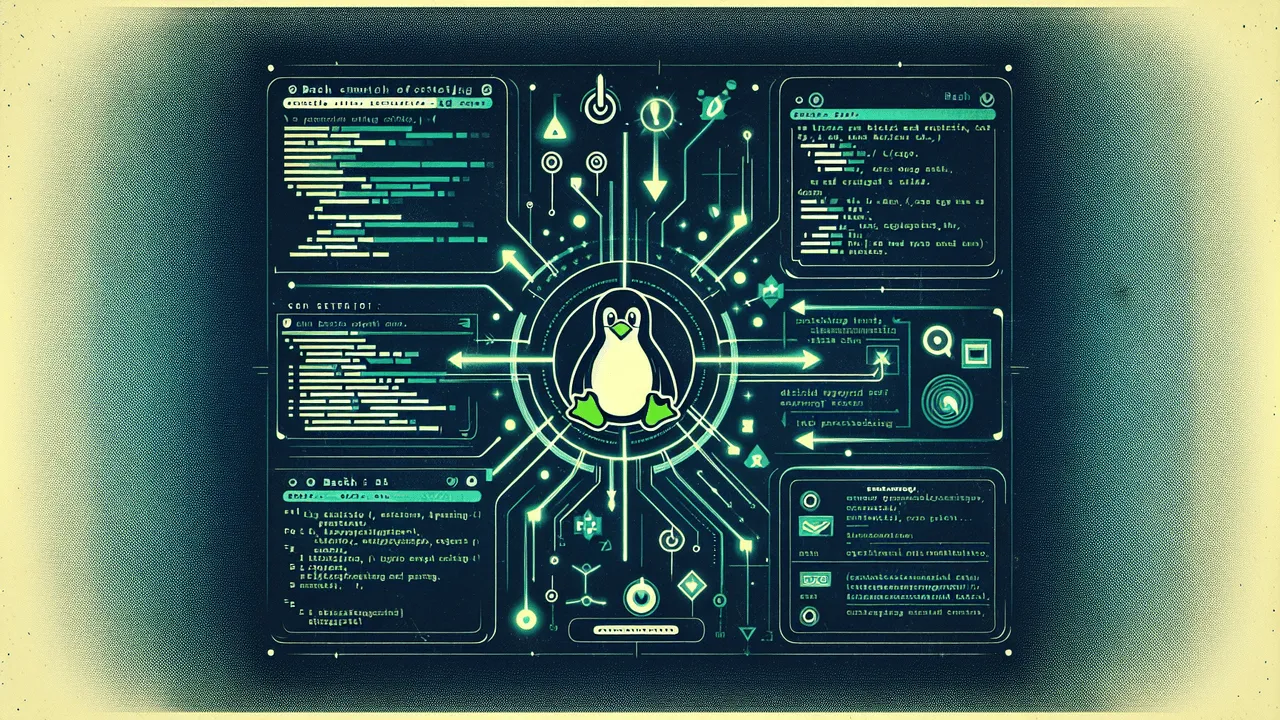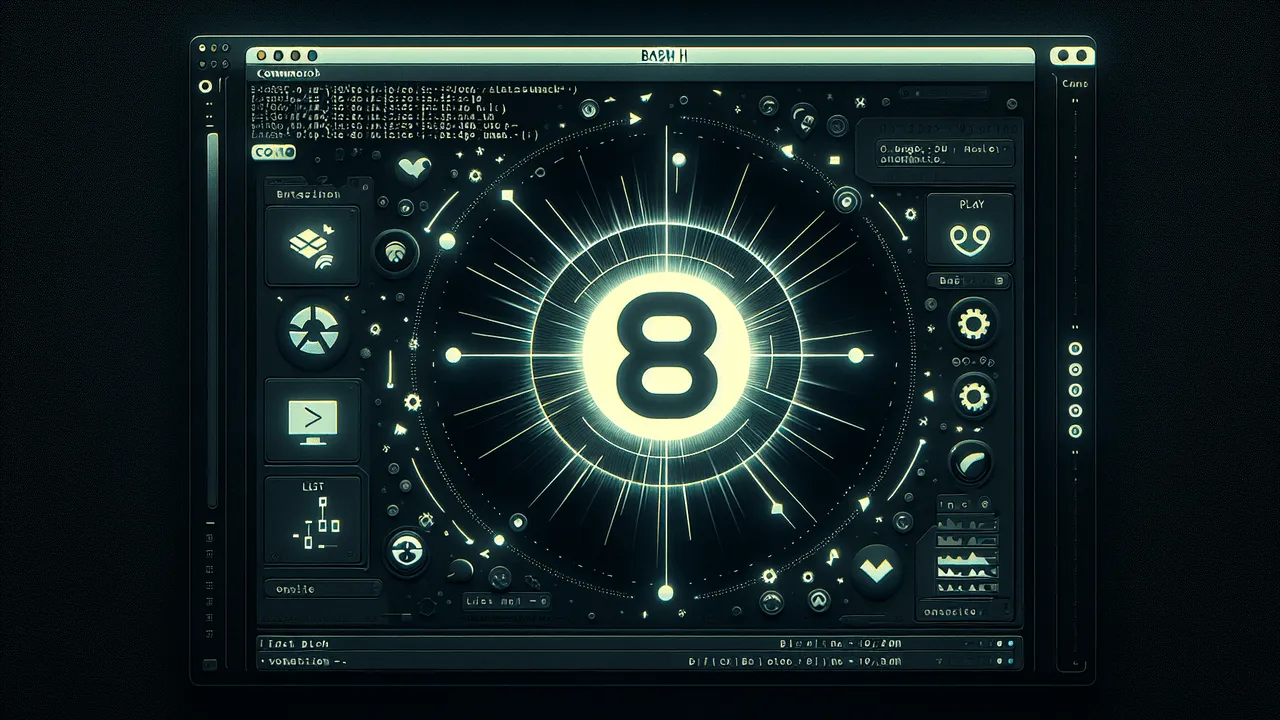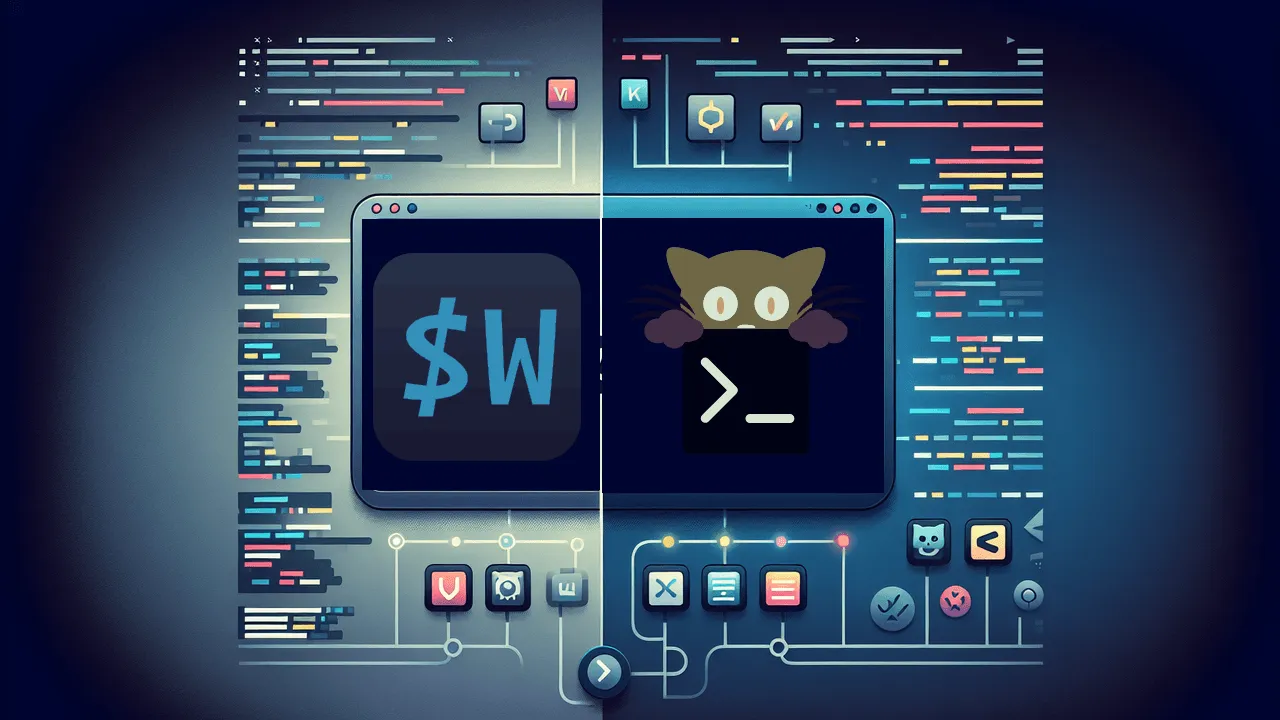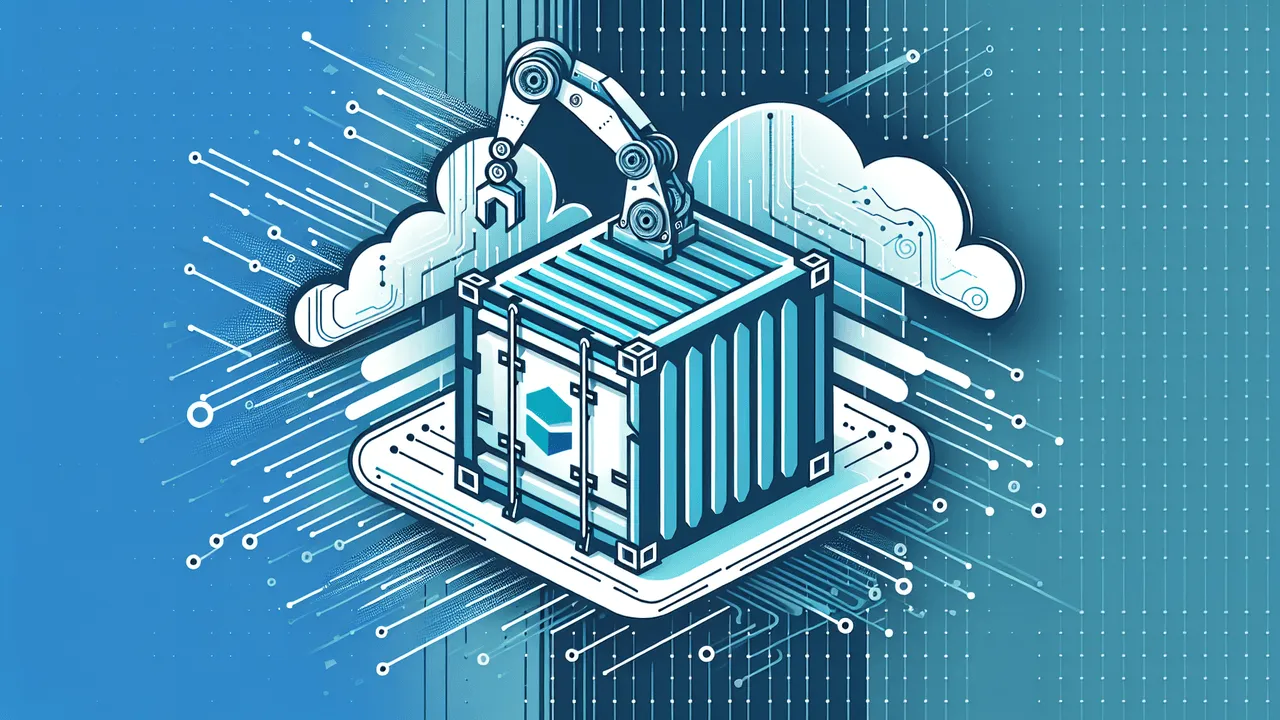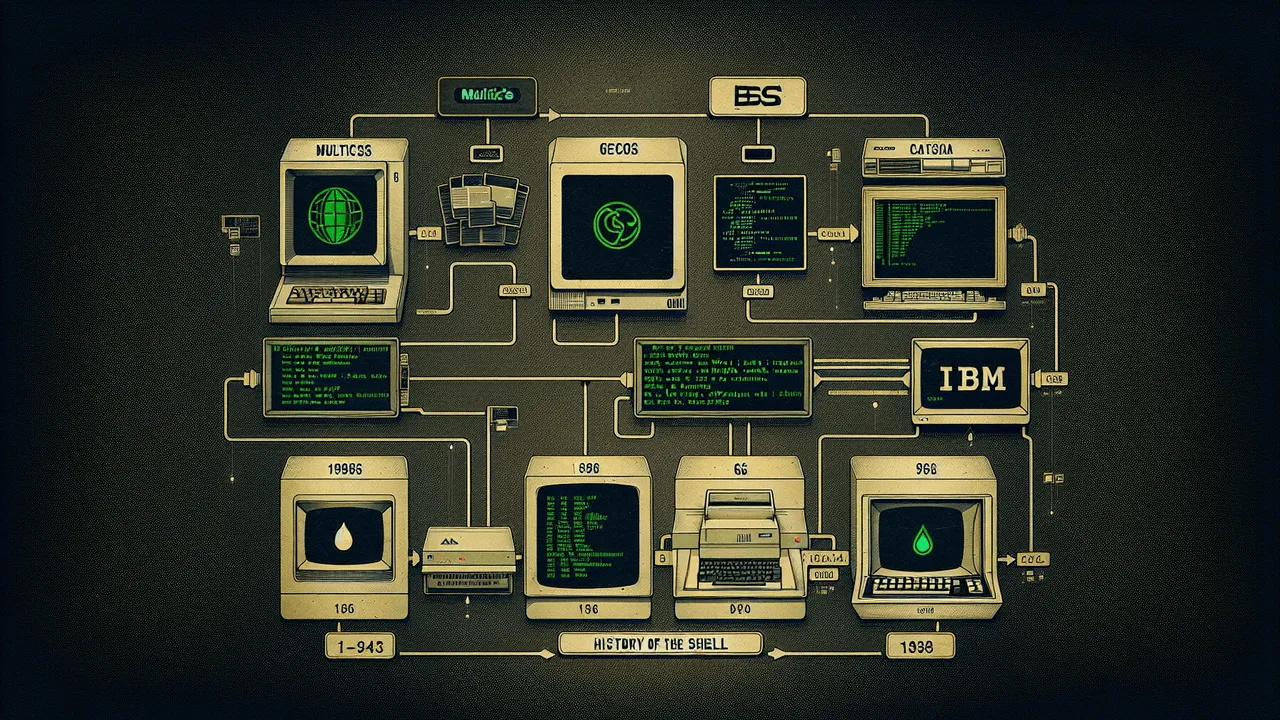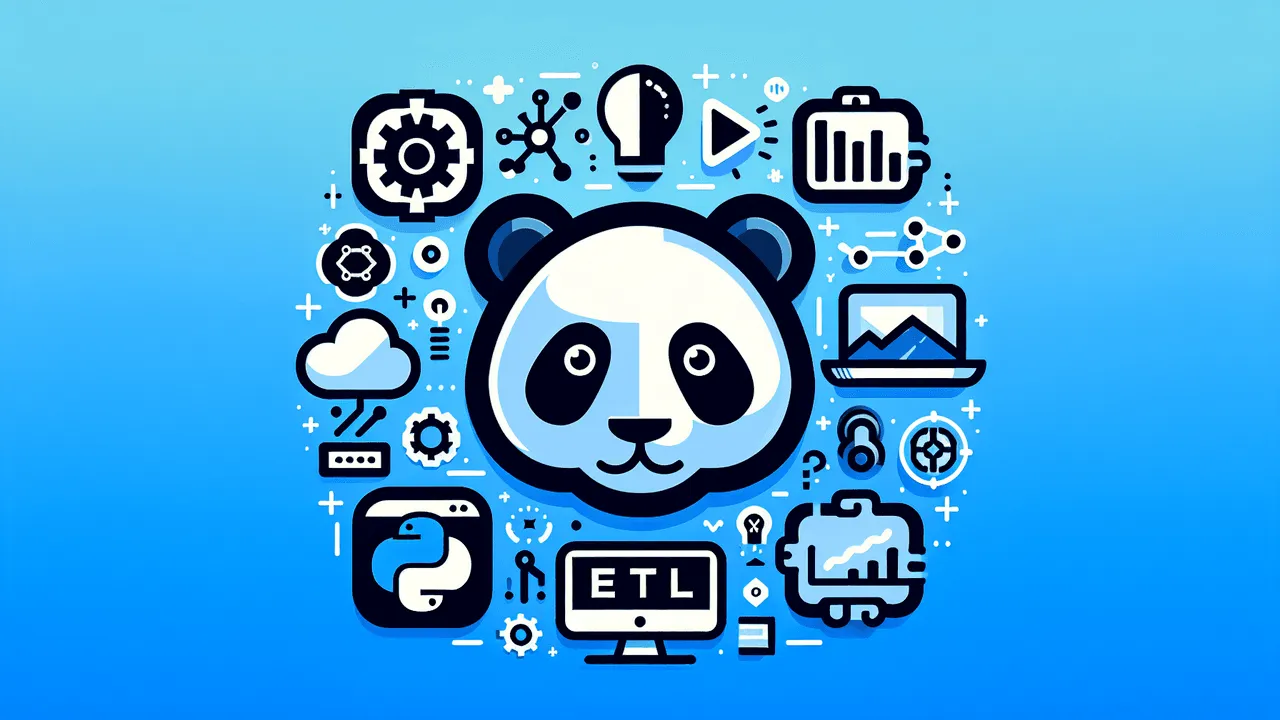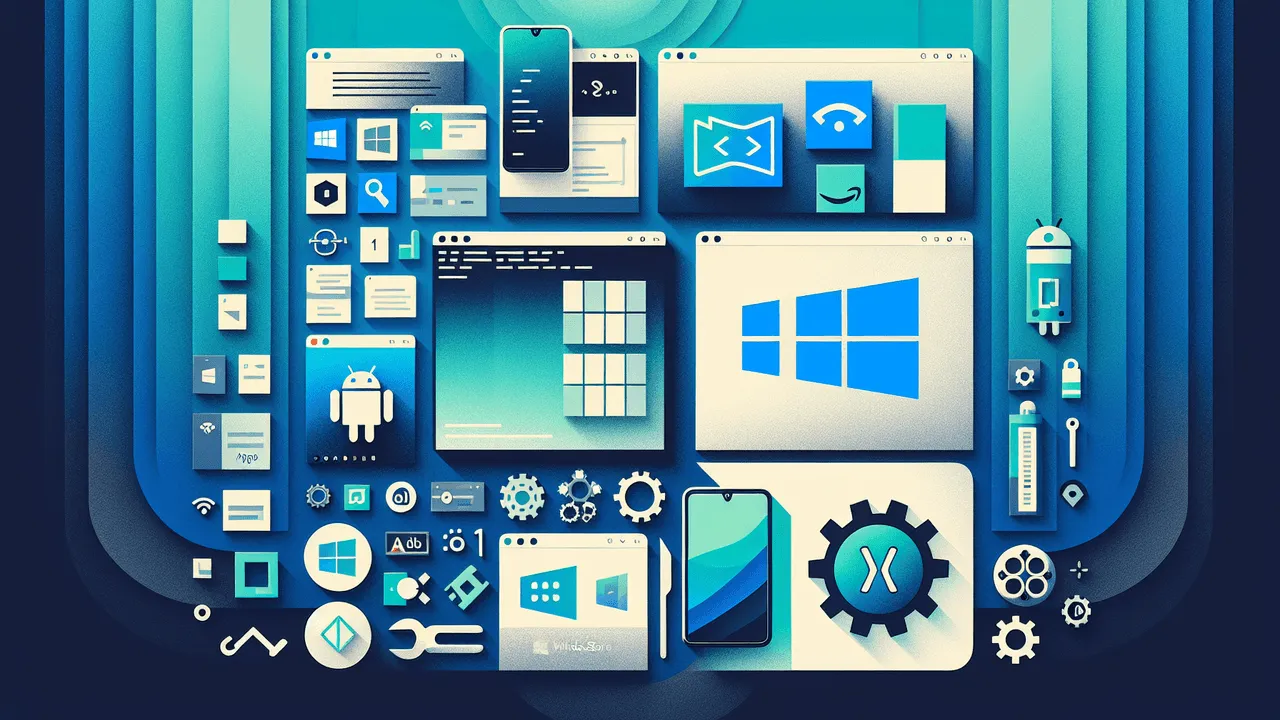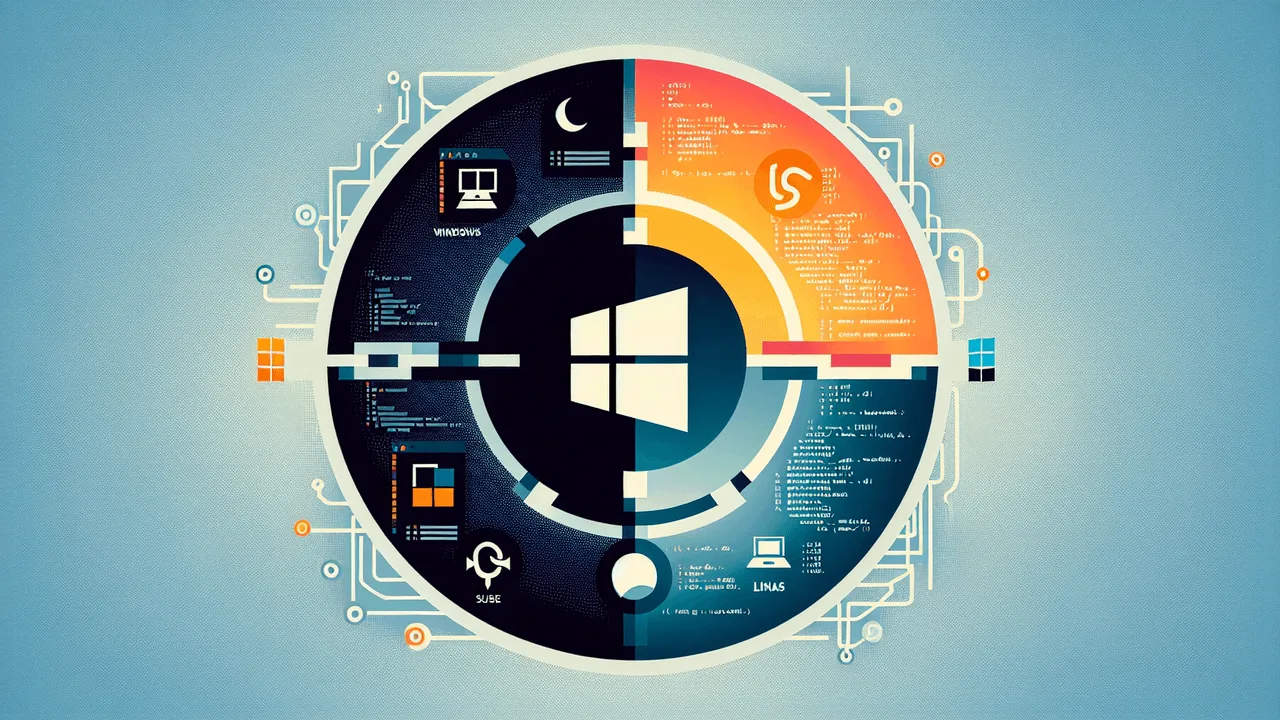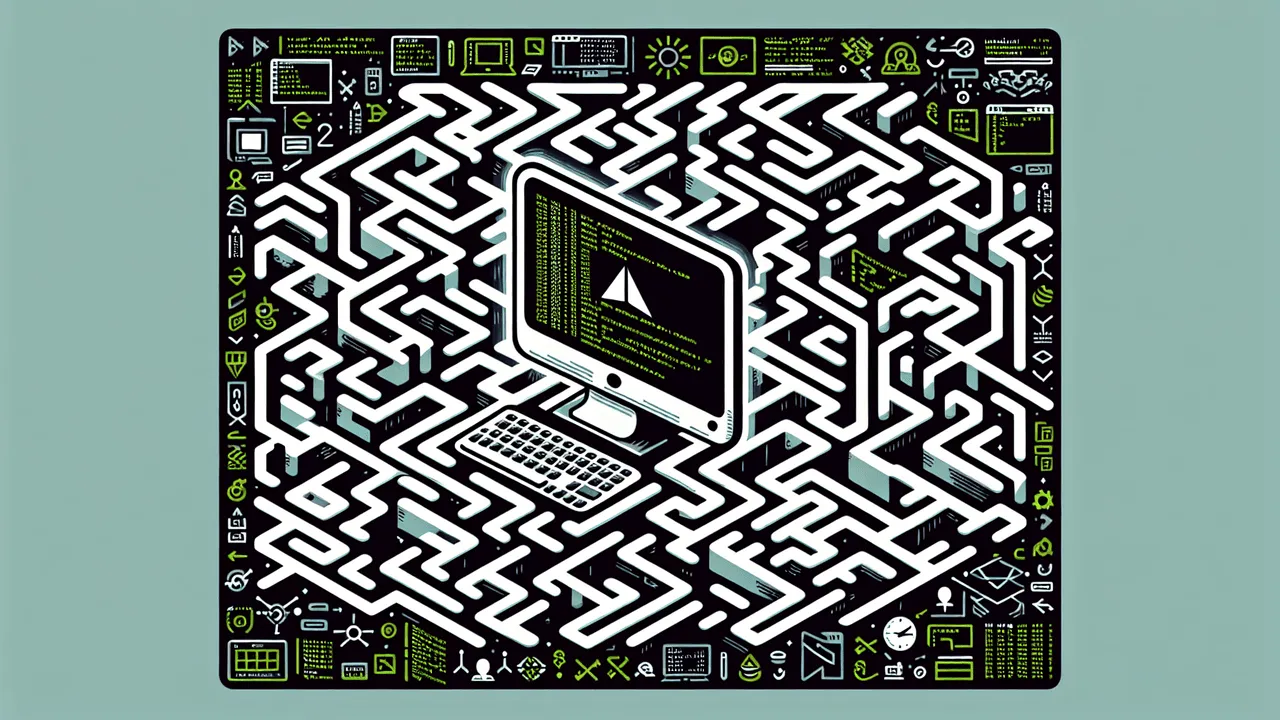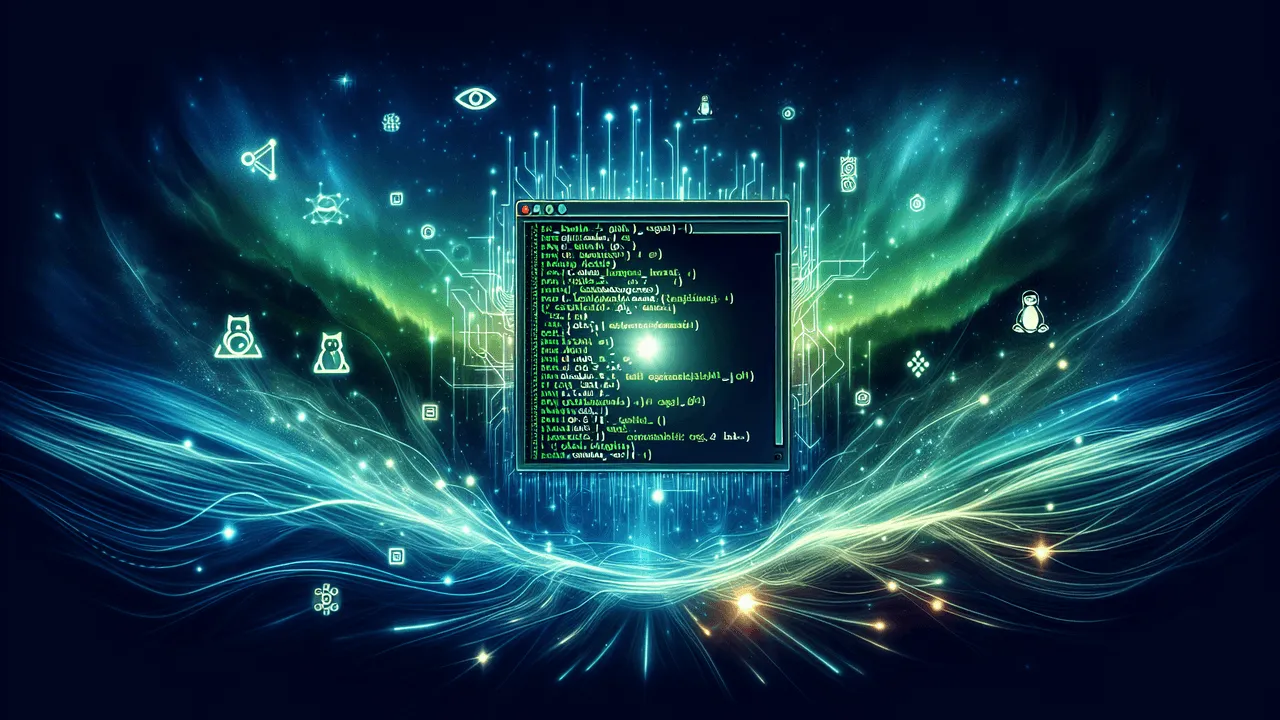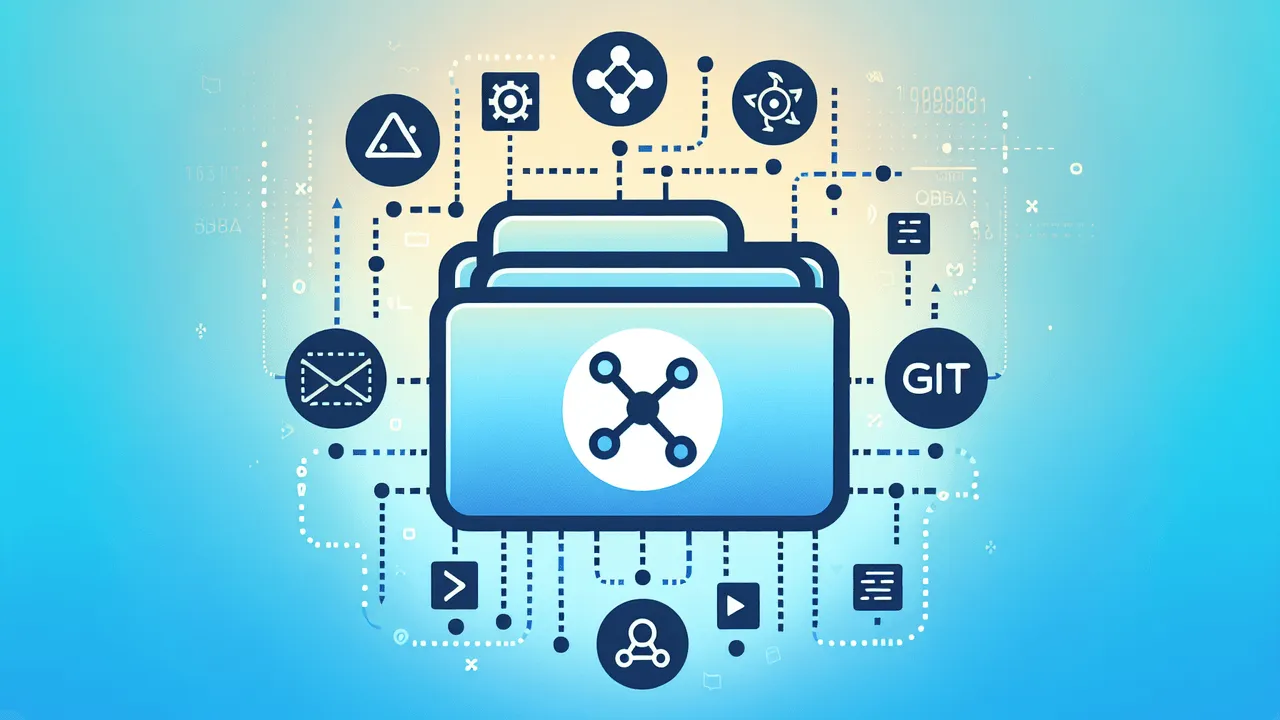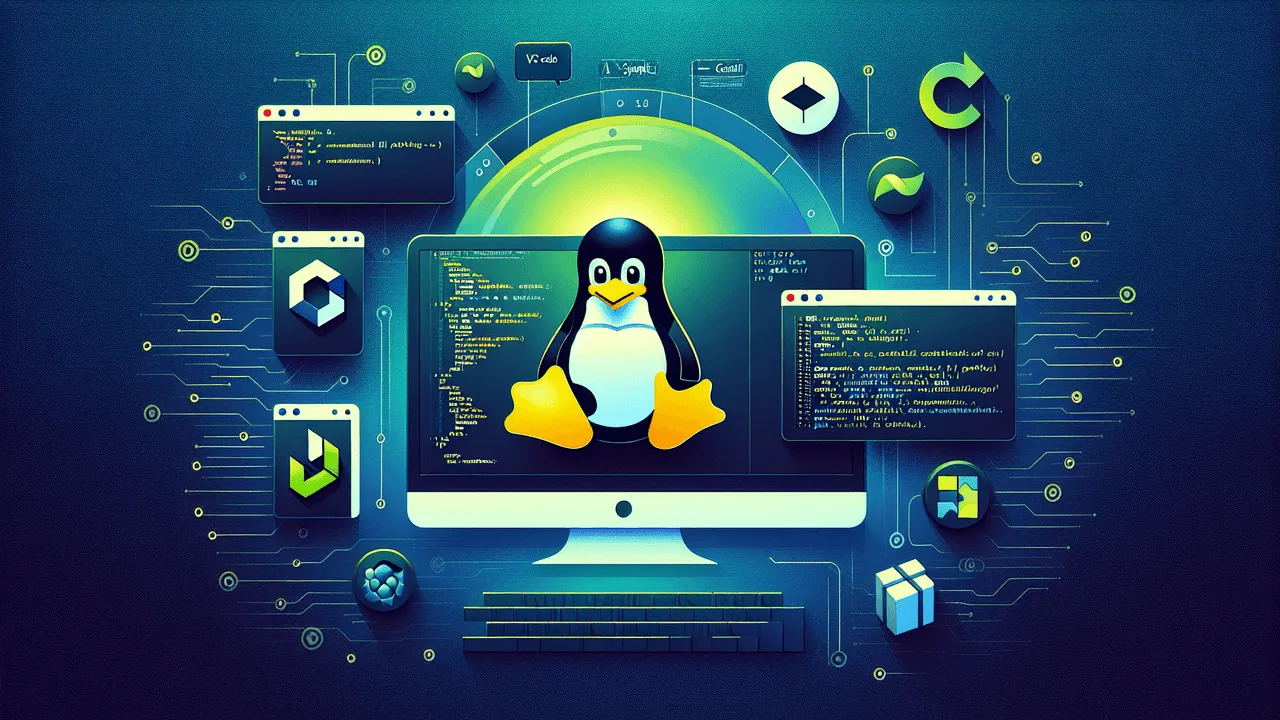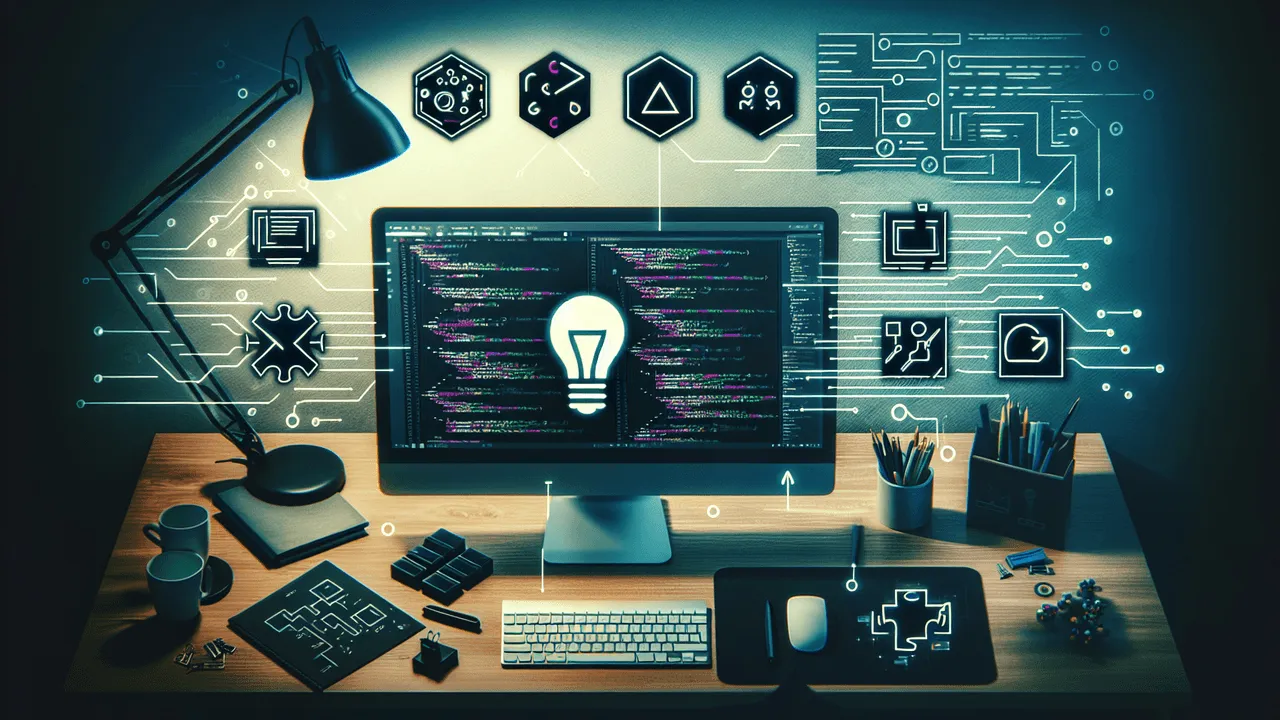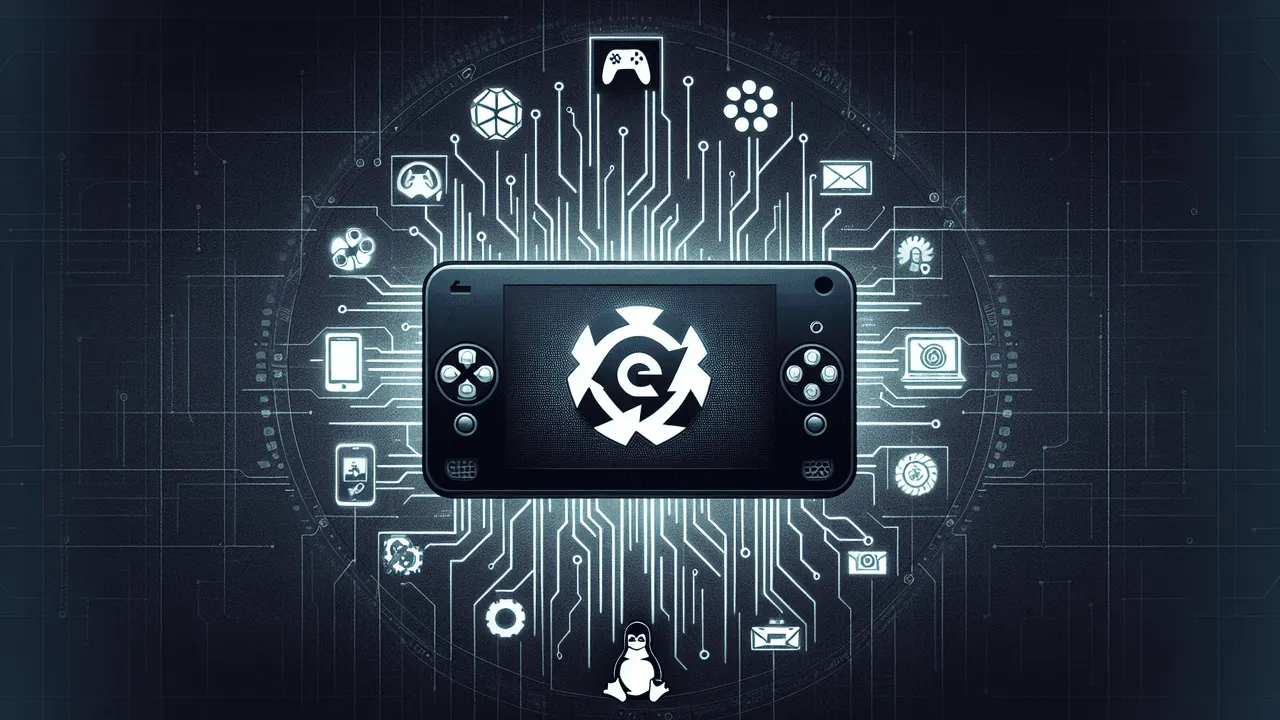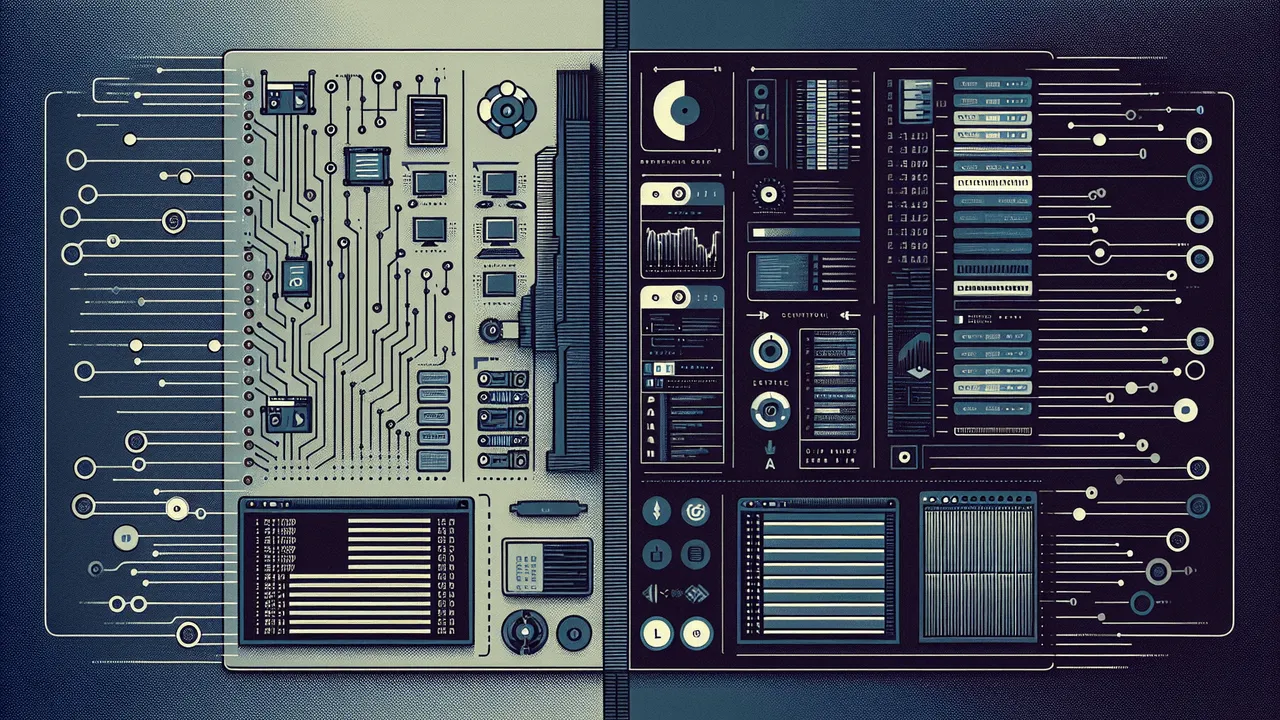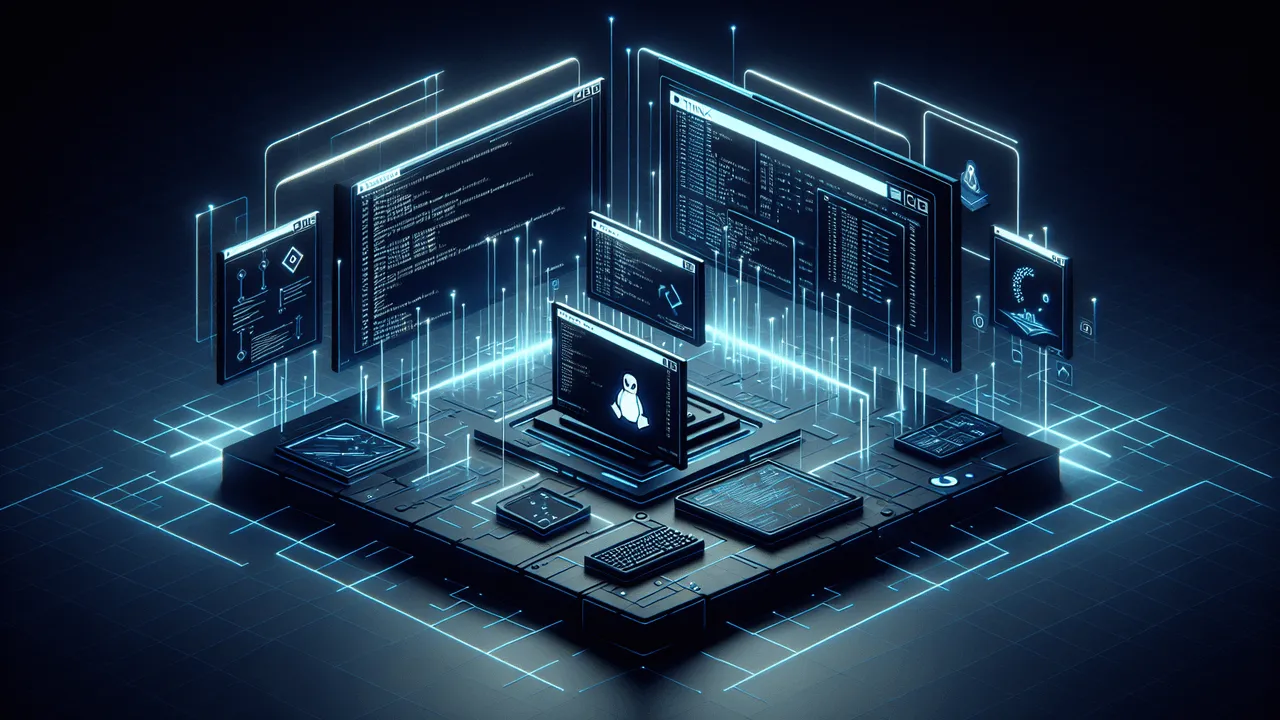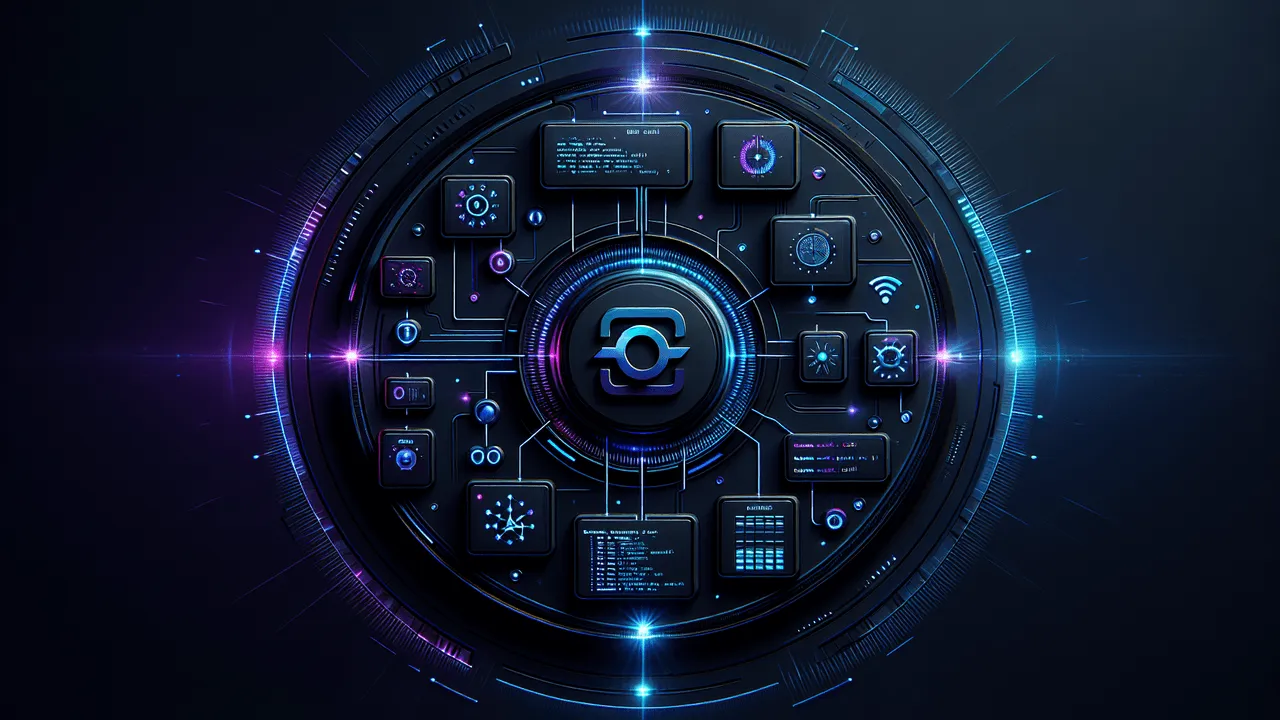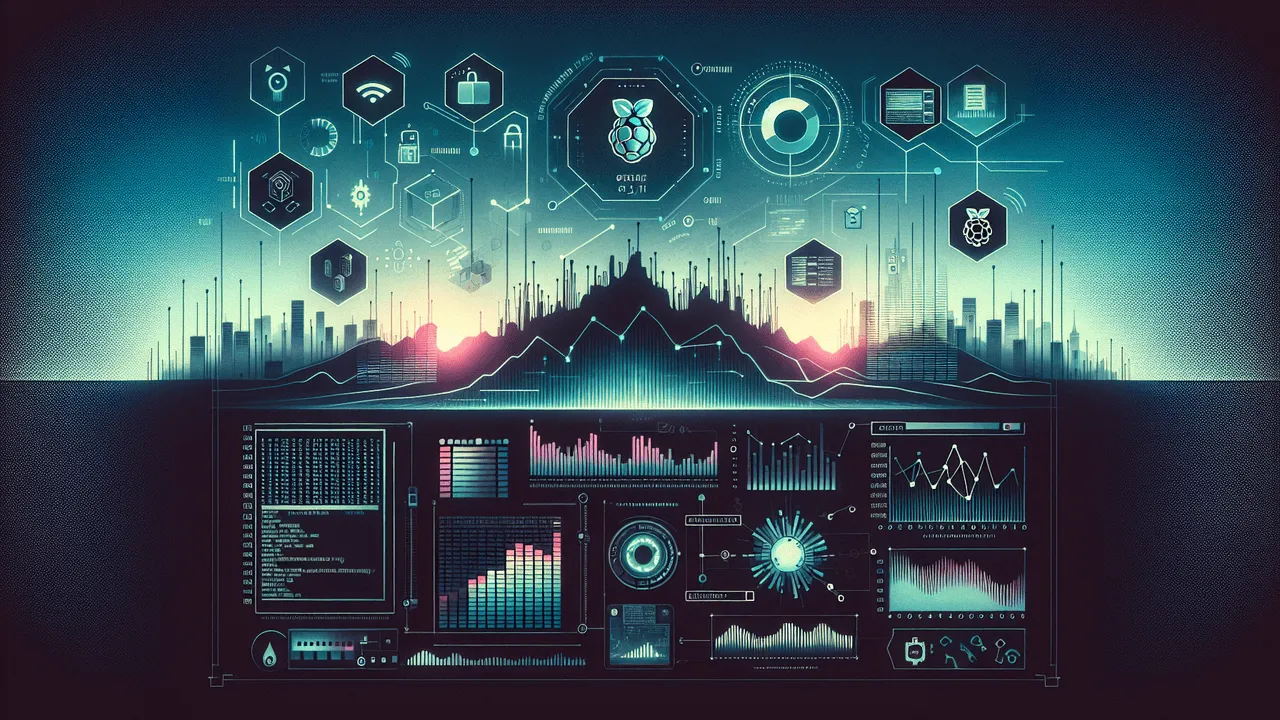Presentations about: command-line
SLUUG - December 11, 2024

DistroBox. 'I like turtles'
By: Tom Clark
Vulernability scanning the easy way!
By: Lee Lammert
SLUUG - October 9, 2024
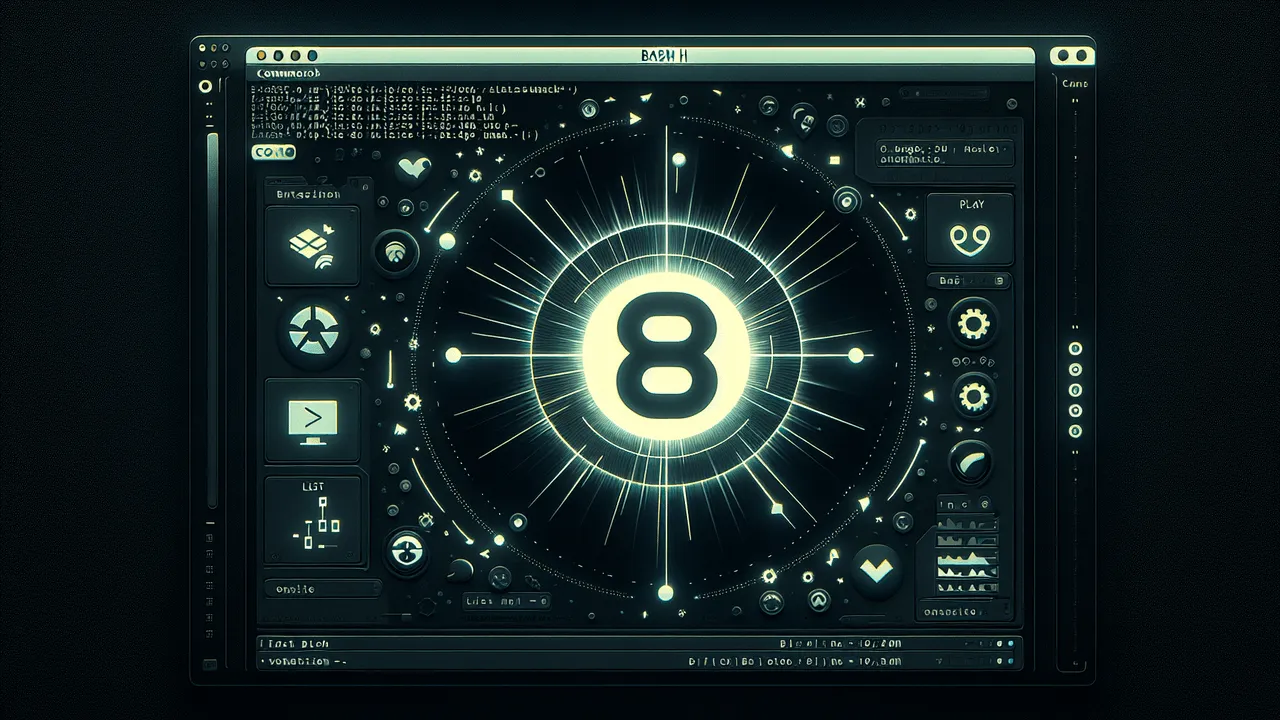
BASH for Control Freaks...Job Control Freaks
By: Steven Lembark
Improve cybersecurity with AI
By: Tony Zafiropoulos
SLUUG - January 10, 2024
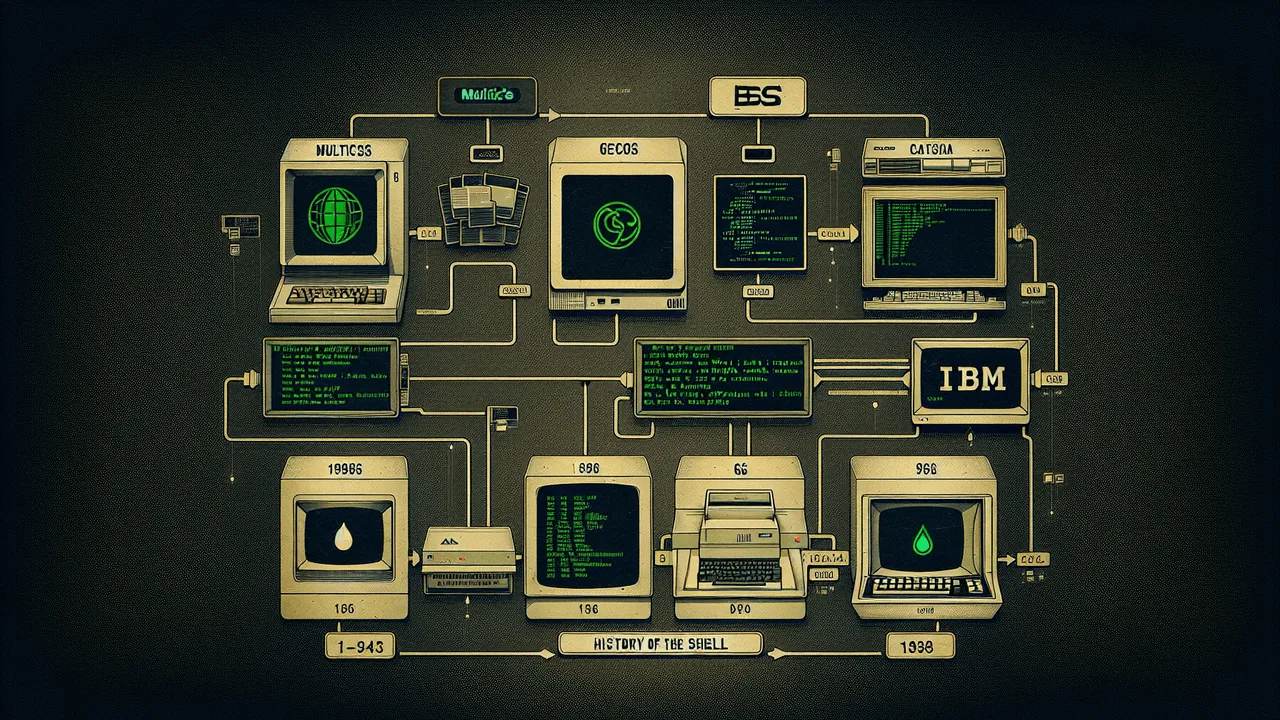
SystemD Timers vs cron
By: Sean Twiehaus
History of the Shell
By: Ed Howland
SLUUG - December 13, 2023
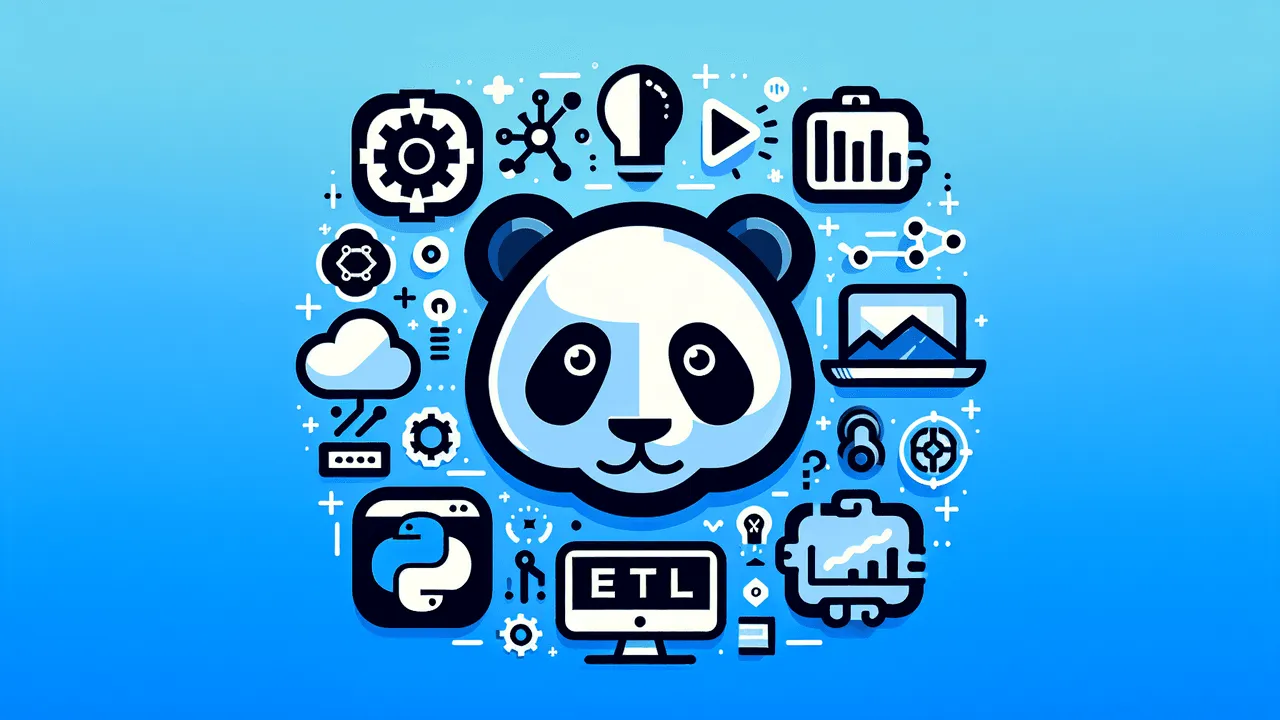
Python's Pandas Data Frames
By: Robert Citek
Save, Share, and Replay Your Terminal Sessions With Asciinema
By: Sean Twiehaus
SLUUG - November 8, 2023
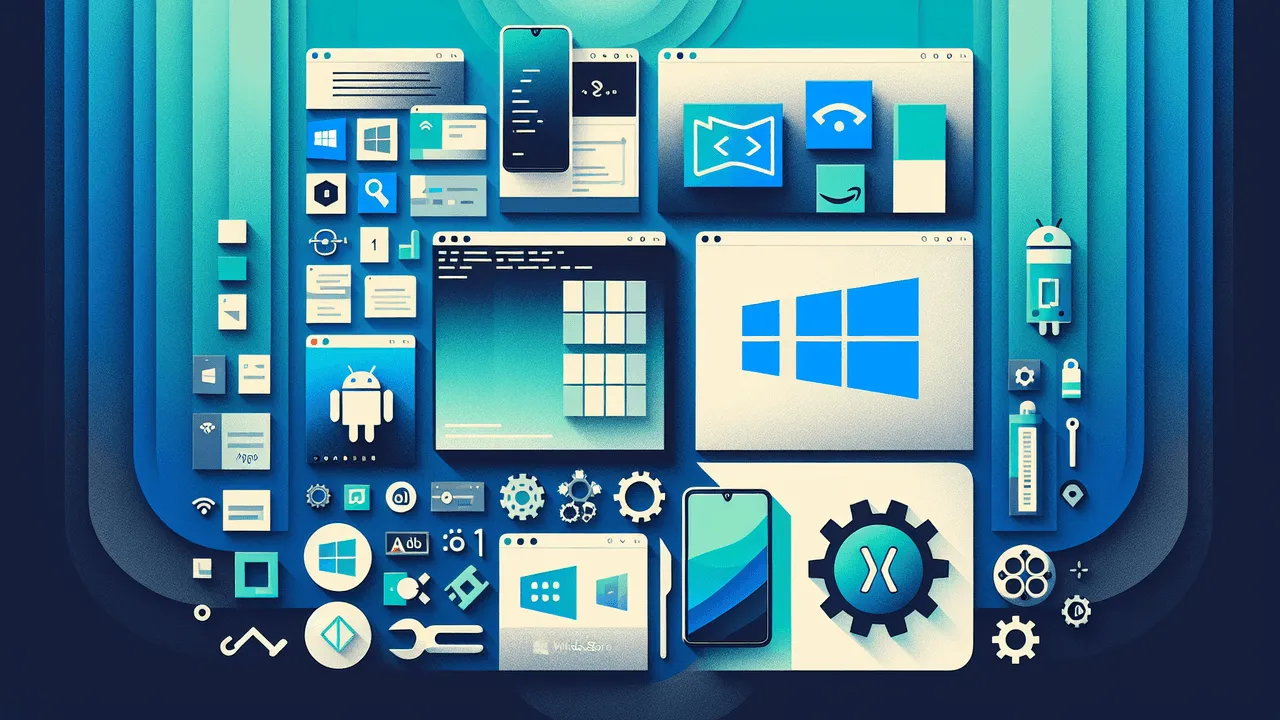
Windows Subsystem for Android (WSA)
By: Jon Newbolt
Script Recording - Record and Playback Terminal Sessions
By: Stan Reichardt
SLUUG - September 13, 2023
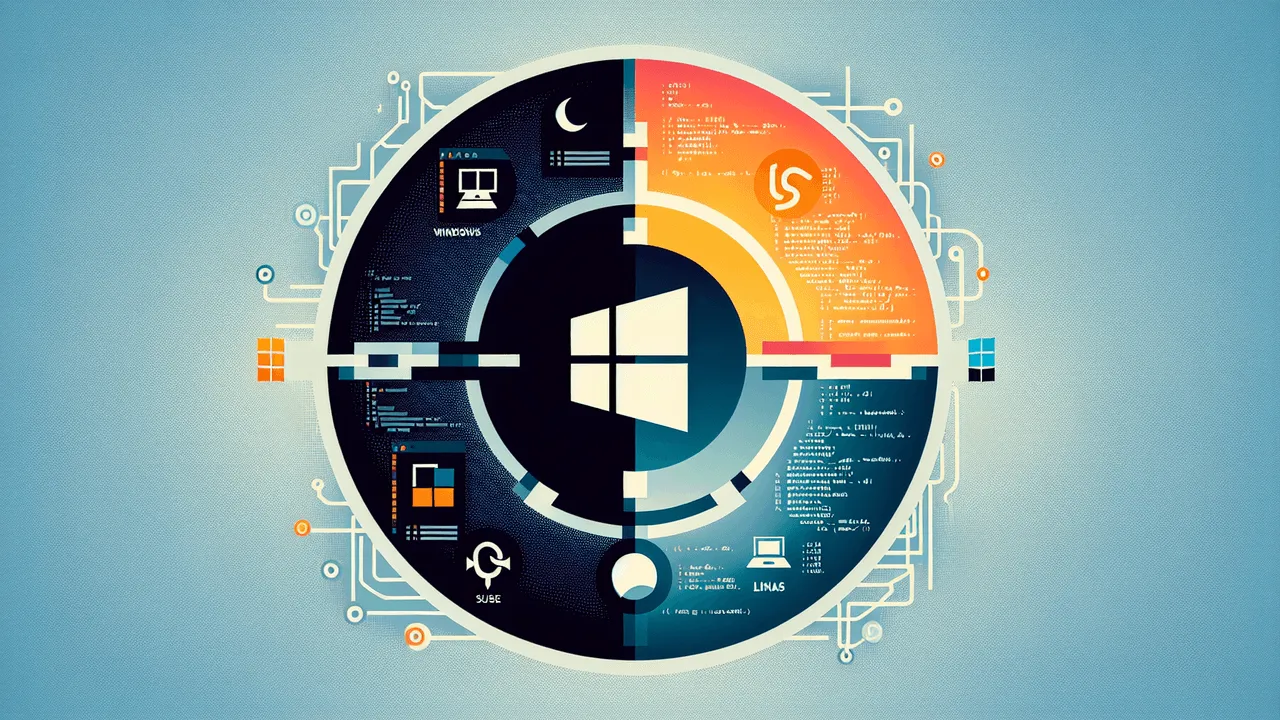
Windows Subsystem for Linux (WSL) Primer
By: Jon Newbolt
How to get started in emacs
By: Steve Stegmann
SLUUG - February 8, 2023
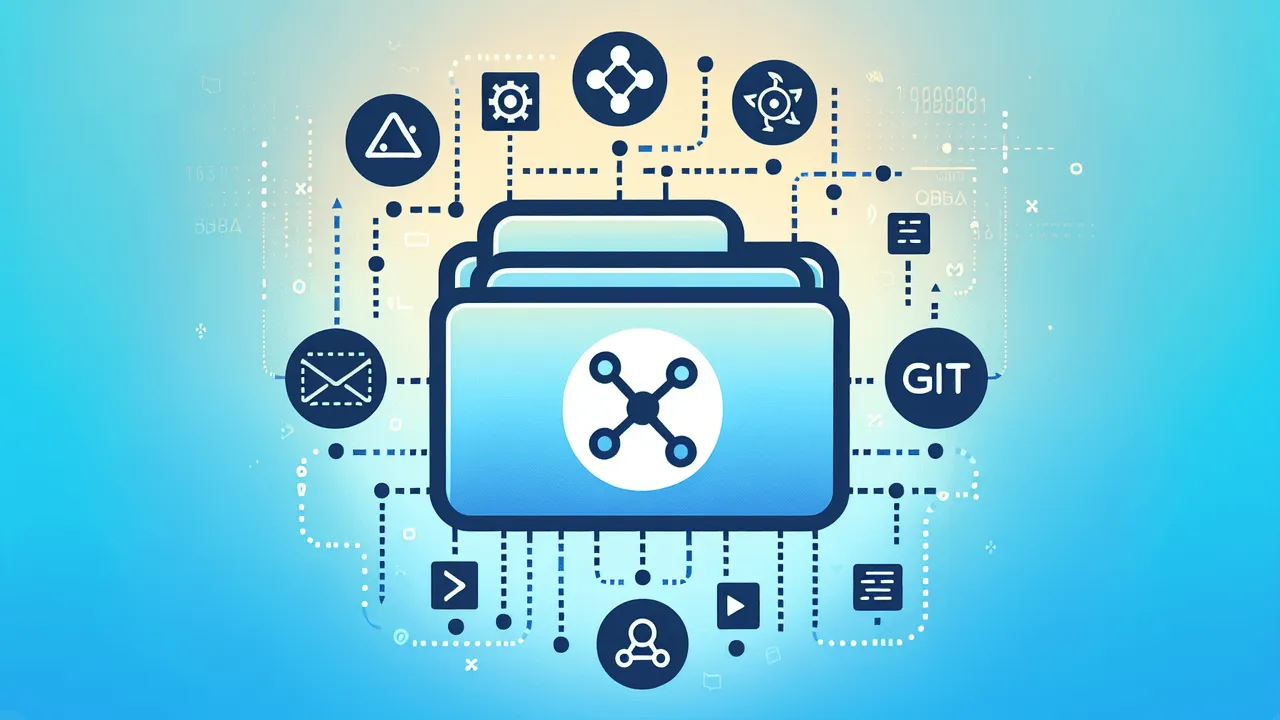
YADM - Yet Another Dotfiles Manager
By: Sean Twiehaus
Hands On btrFS
By: Lee Lammert
SLUUG - December 14, 2022
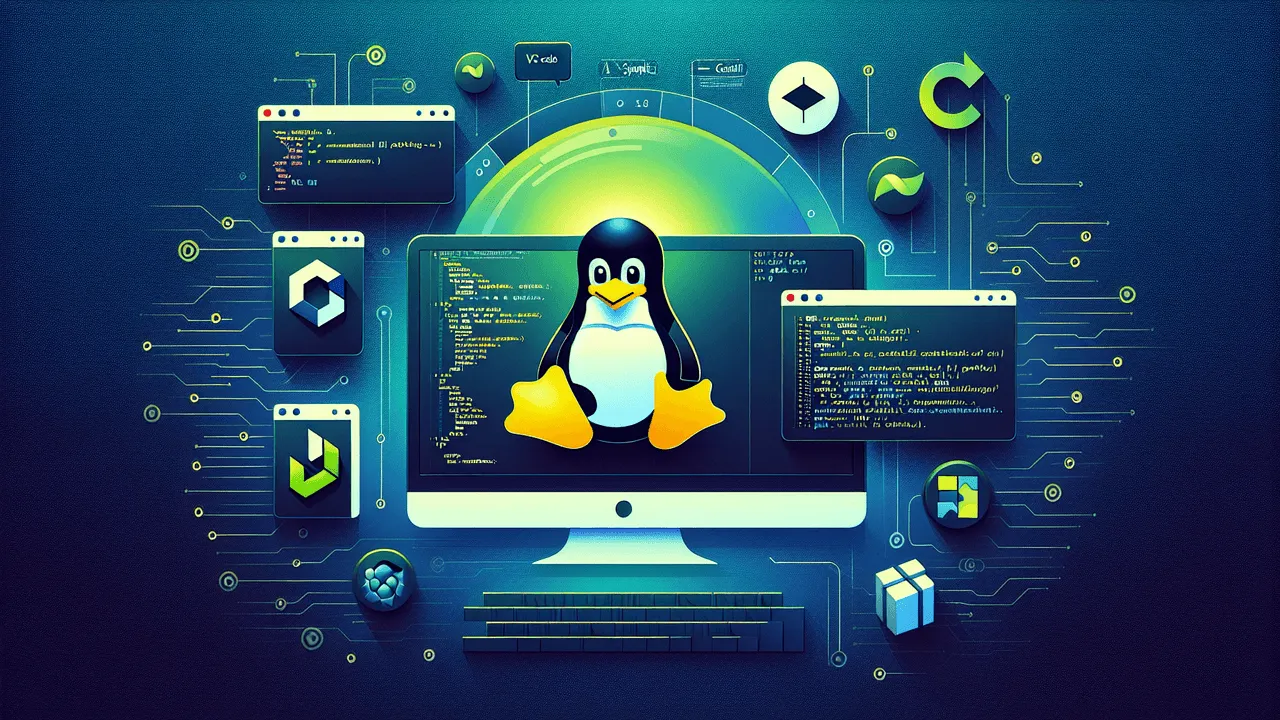
Introduction to Linux
By: Stan Reichardt
A Gentle Introduction to Regular Expressions for Playing Wordle
By: Robert Citek
SLUUG - November 9, 2022
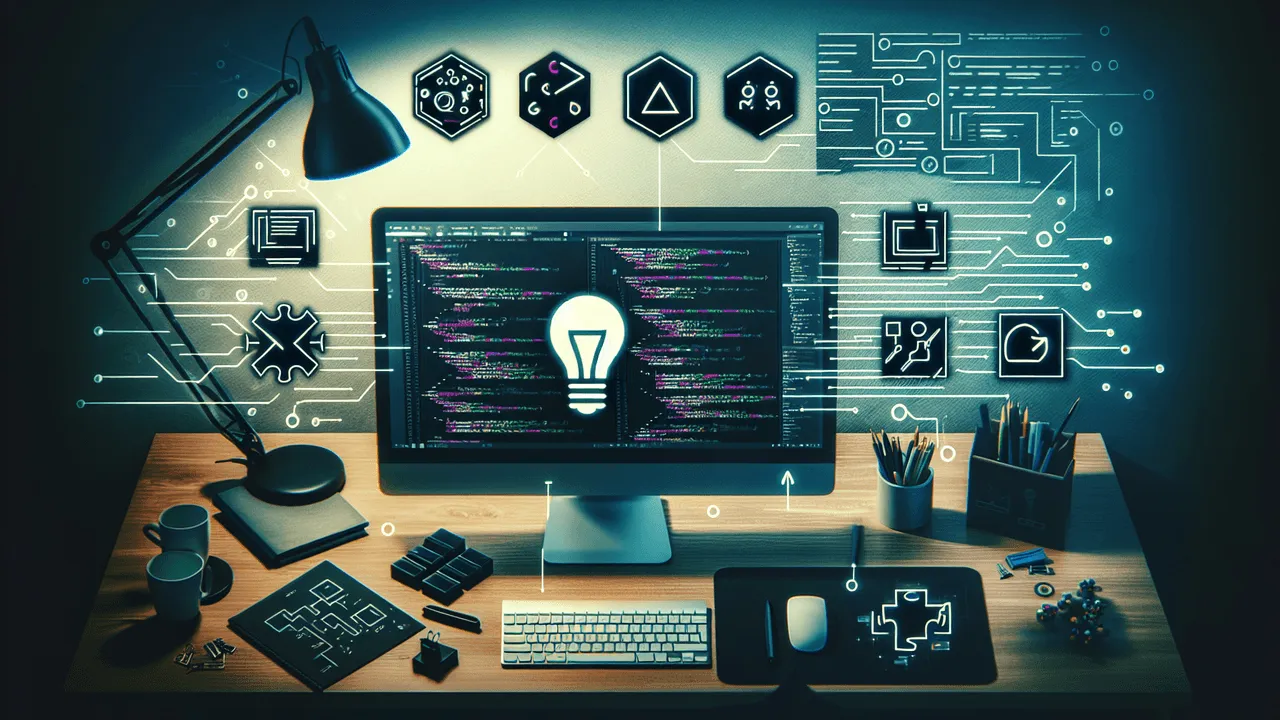
Visual Studio Code - Installing, Configuring, & Using
By: Scott Granneman
Searching for Applications
By: Stan Reichardt
SLUUG - April 14, 2021
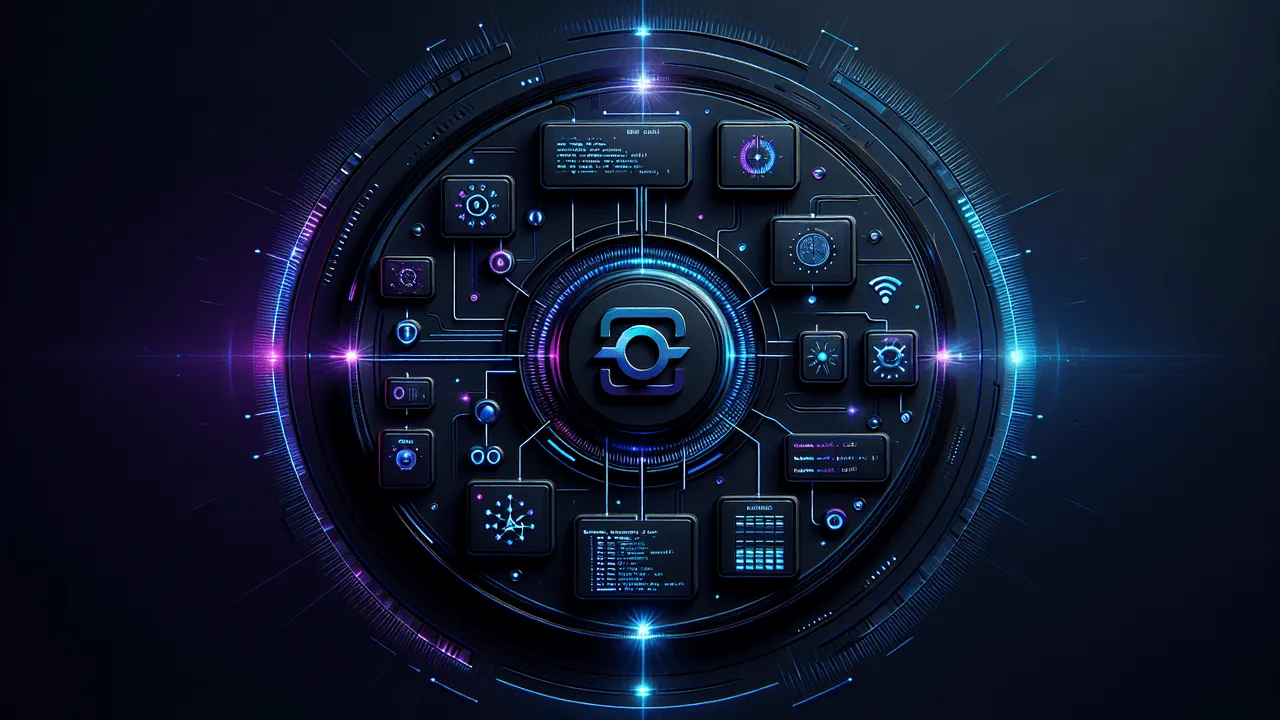
COSI, the Common Operating System Interface
By: Steven Borrelli
Creating Your Own Shell Functions
By: James Conroy
SLUUG - January 13, 2021
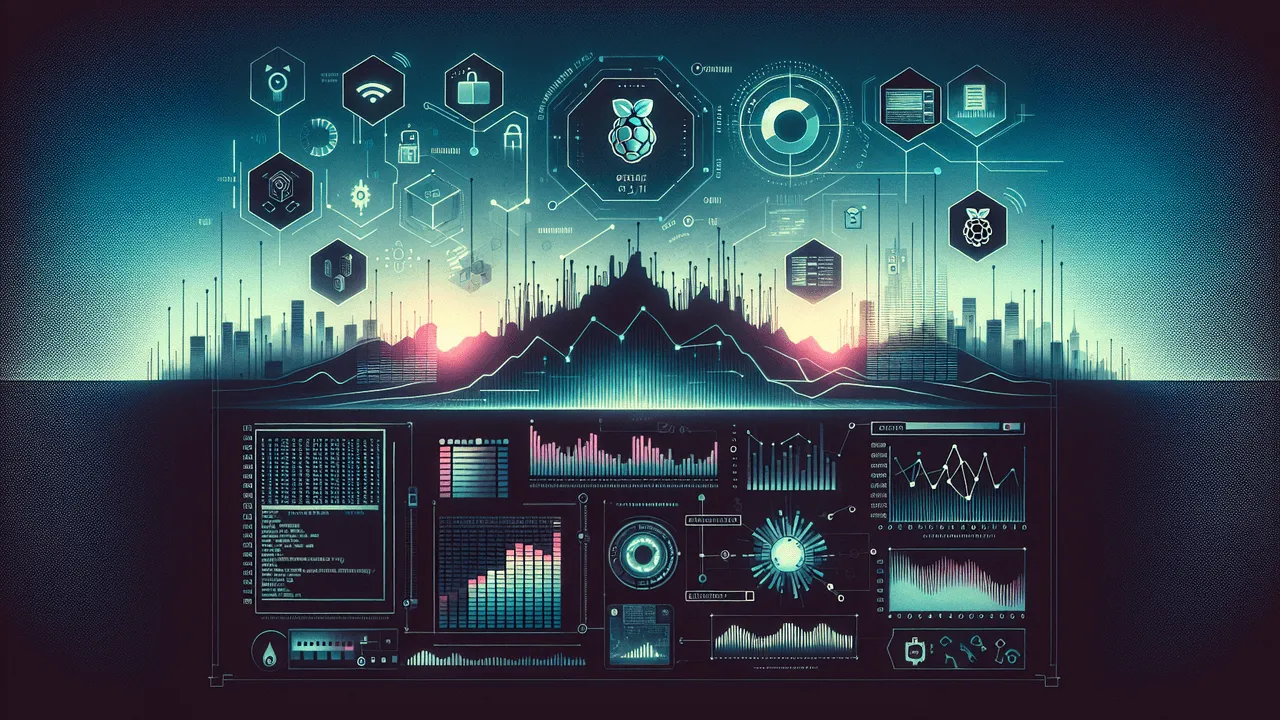
Customized "whereis" project
By: Robert C. Hansen
Hand Held Music Box
By: Lee Lammert
SLUUG - December 11, 2024
STLLUG - November 21, 2024
SLUUG - October 9, 2024
STLLUG - September 19, 2024
STLLUG - August 22, 2024
SLUUG - January 10, 2024
SLUUG - December 13, 2023
SLUUG - November 8, 2023
SLUUG - September 13, 2023
STLLUG - August 17, 2023
SLUUG - July 12, 2023
STLLUG - March 16, 2023
SLUUG - February 8, 2023
SLUUG - December 14, 2022
SLUUG - November 9, 2022
SLUUG - October 12, 2022
SLUUG - February 9, 2022
SLUUG - September 8, 2021
SLUUG - April 14, 2021
SLUUG - January 13, 2021


